Choreographer: George Balanchine © The George Balanchine Trust
Music: Kammermusik No. 2. (1924)
Composer: Paul Hindemuth
Stage Set: Chris Radtke
Notes on Self: Ghost (wall) 300, 2015-2016
Nylon mesh, monofilament; 300 cubes 24” x 24” x 22”; 30’ x 50’ overall
Think of yourself as a container. A container, by its very nature, divides the universe into that which is inside the container and all the rest. There is you and there is all the rest. But the “you” that is “contained” is really just part of all the rest.
For the past 12 years my studio practice has focused on Notes on Self, a series of 3-dimensional works relating to body scale and presented in repeated multiples of two as a reference to human genetic chromosome pairs. An installation piece from this series is Ghost (wall), a diaphanous grid of white mesh cube-like volumes sewn to the artist’s body dimensions, bringing to mind thoughts about presence and absence, precision and complexity. Each of the repeated forms is exactly large enough to contain my crouched figure recognizing the slip of personal space each of us occupies in the universe.
Individually constructed to be exactly like the others, the chambers are made of materials that respond to gravity, humidity, time, and light and gradually shift as they respond to the environmental elements. They are a personal geography. They evolve. They are informed by their relationships, each experiencing a slightly different environment, each changing its gesture in its own unique way.As in dance, nothing is static.
Installed to fill the entire backdrop from the stage floor to top and extending beyond the side edges, Ghost (wall) would become not an object but a visual environment. As the performance opens the stage would be lit with a still light, but once the music begins and the dancers move, a pulsating softly diffused light would emanate from within the Ghost (wall) installation in a rhythm pre-programmed to the body pulse of a lead male dancer as he performs his role in the ballet.The light would quicken in response to more strenuous dance passages and decrease in pace as the choreography slows. In this way, the performance would create an interaction of the external and internal presence of the dancers’ bodies and their implicit corporeality in connection with their immediate environment and become both a visual and conceptual experience for the audience.
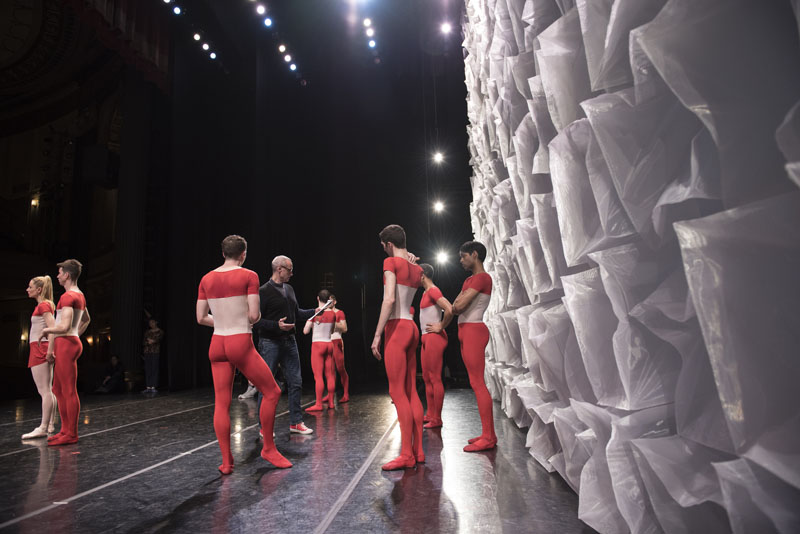 Photo by Sam English
Photo by Sam English
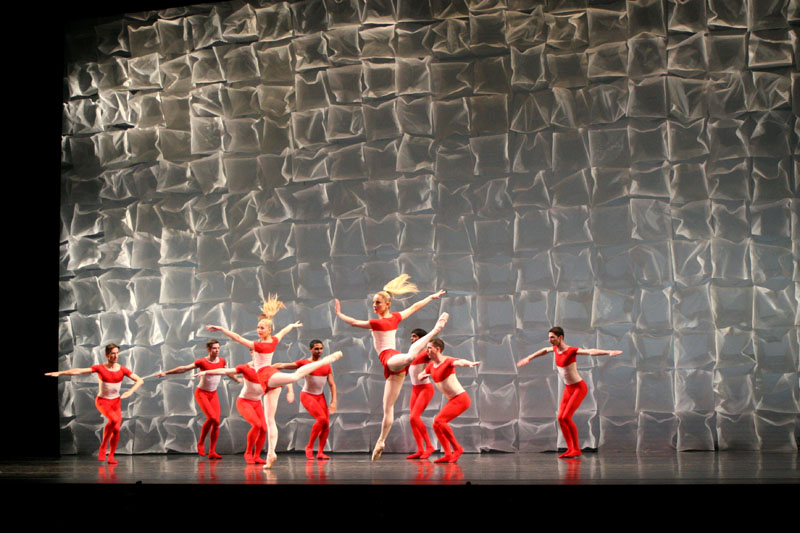 Photograph by Wade Bell
Photograph by Wade Bell
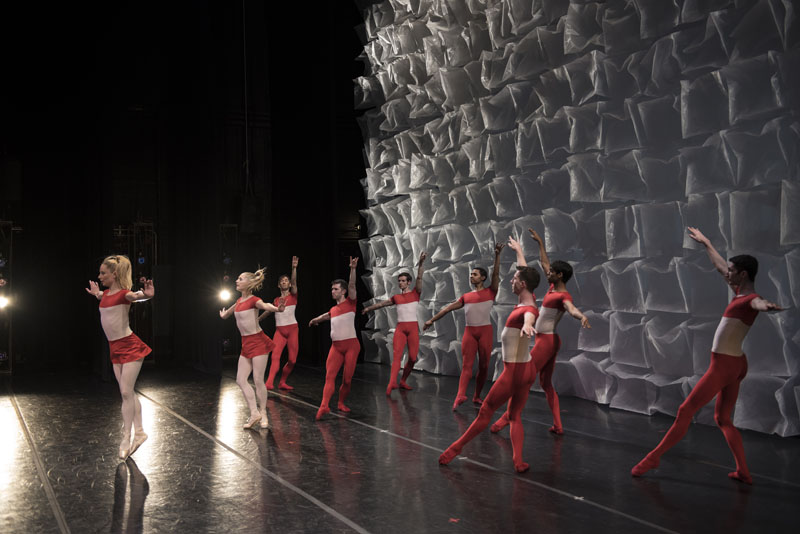
Photograph by Sam English
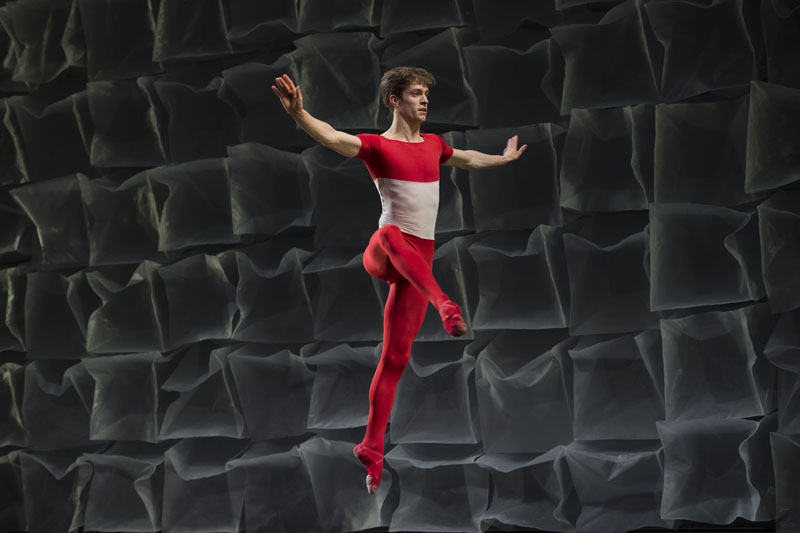
Photo by Sam English
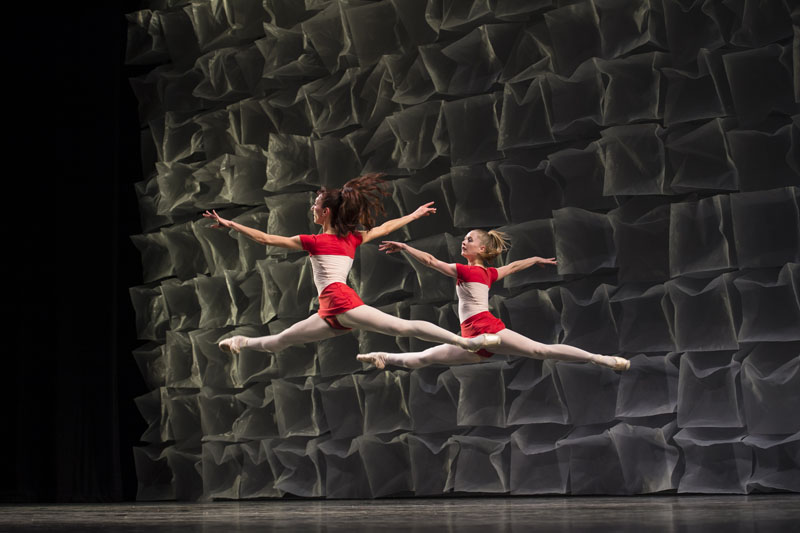
Photograph by Sam English
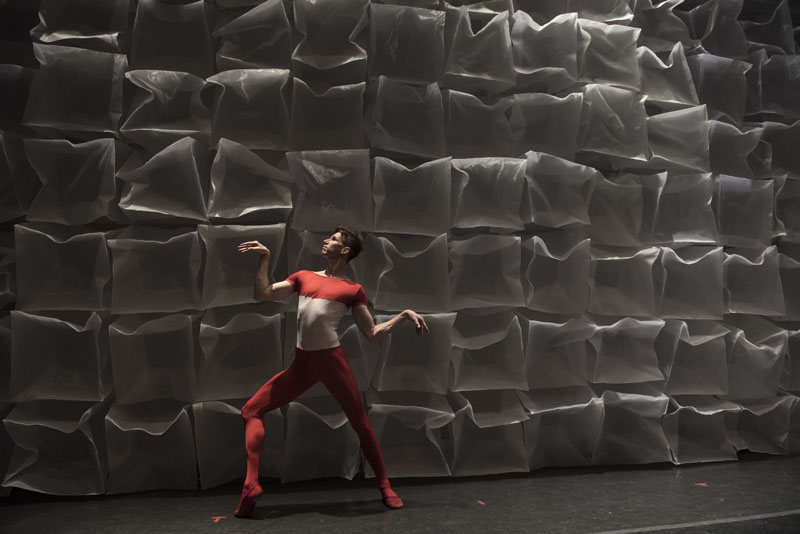
Photo by Sam English
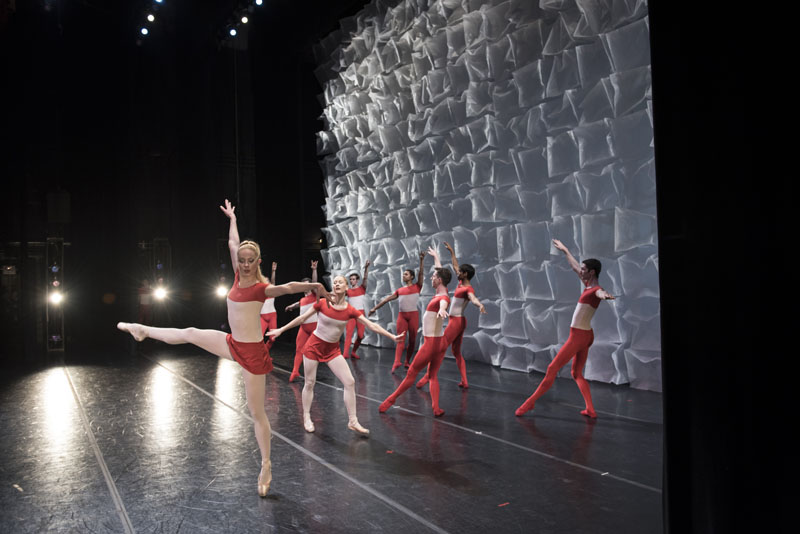
Photograph by Sam English
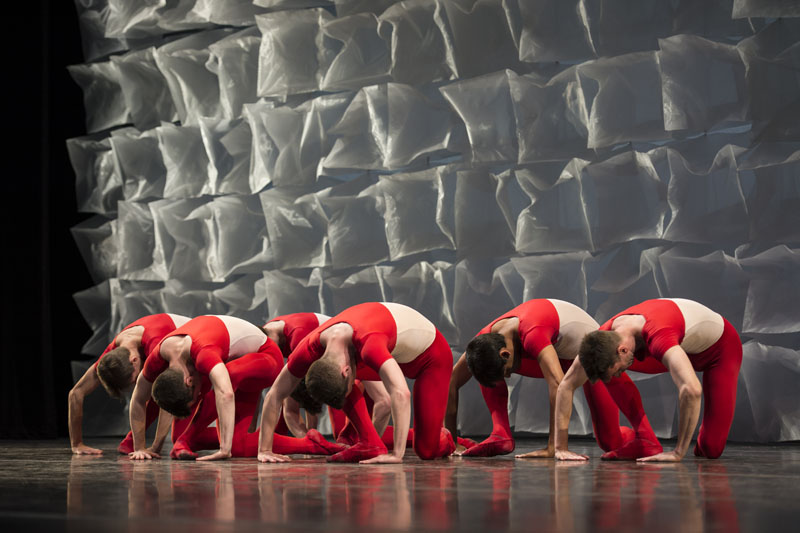 Photograph by Sam English
Photograph by Sam English
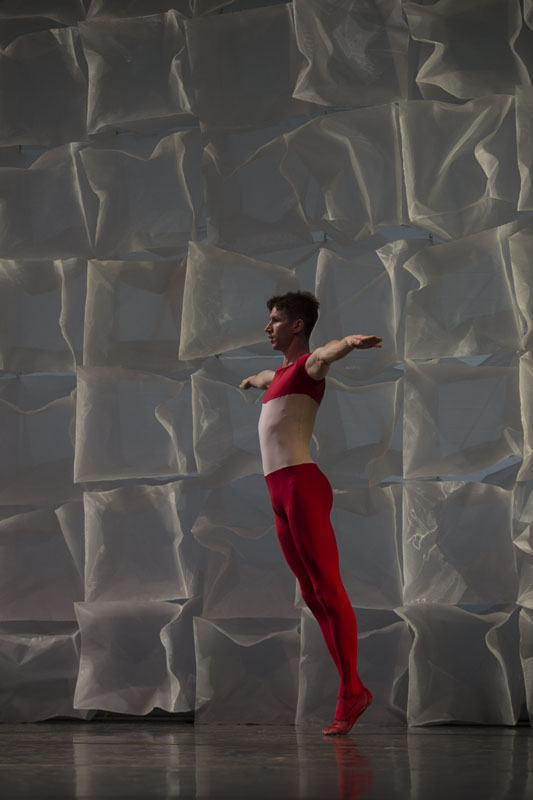
Photograph by Sam English
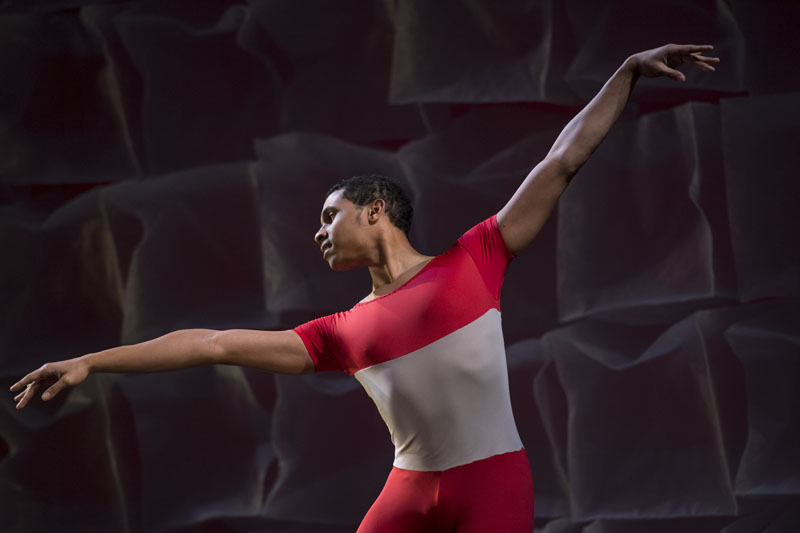
Photograph by Sam English
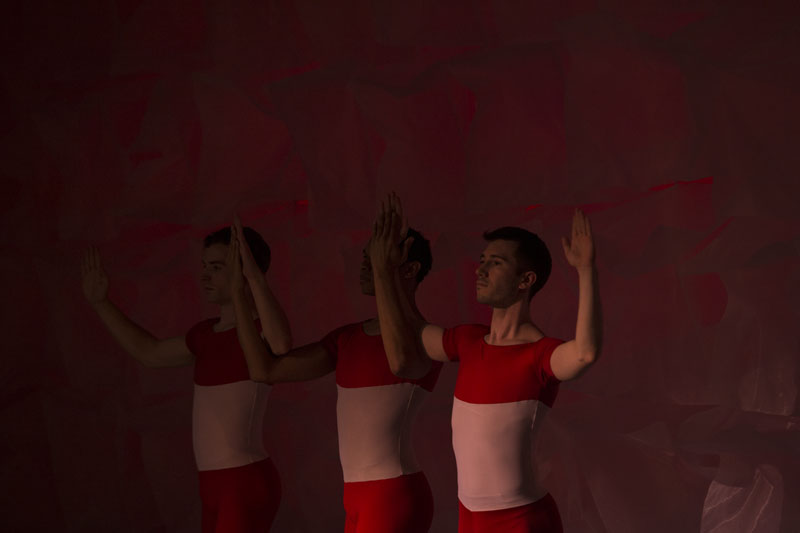 Photo by Sam English
Photo by Sam English
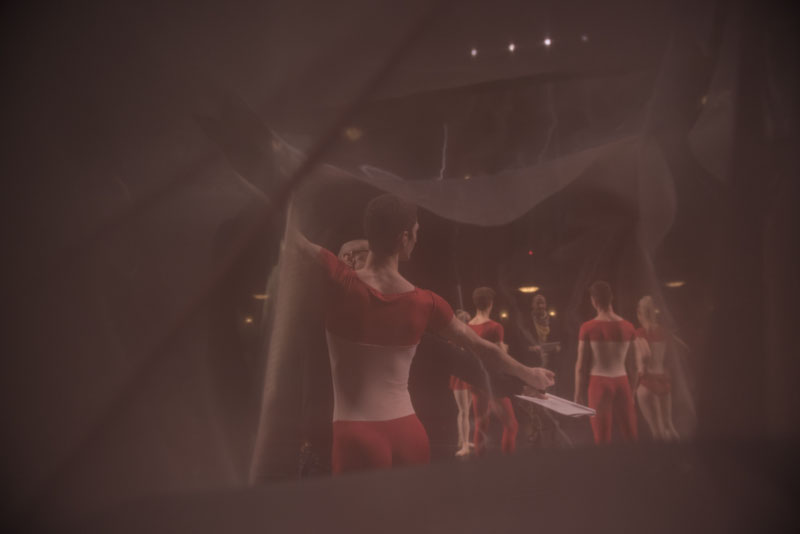 Photo by Sam English
Photo by Sam English
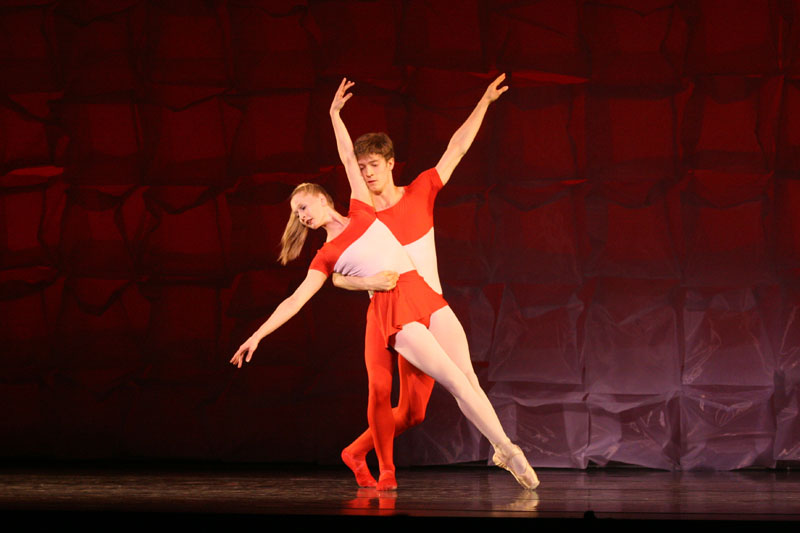
Photograph by Wade Bell
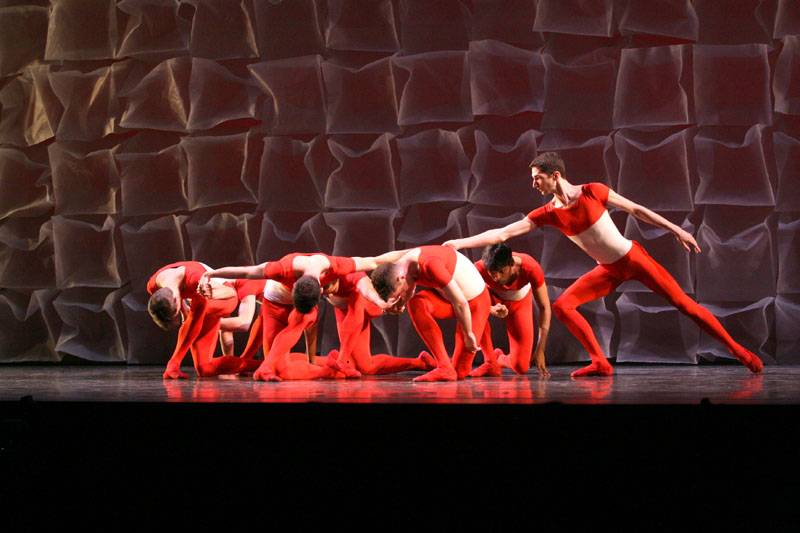
Photograph by Wade Bell
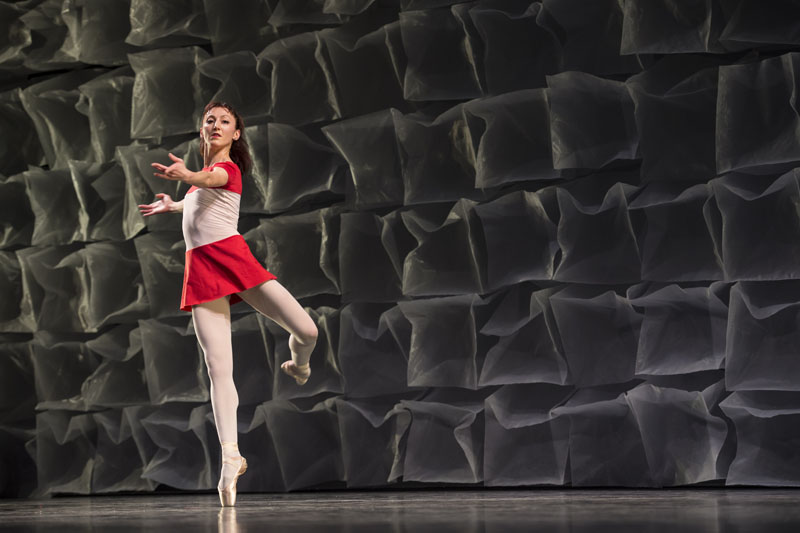 Photo by Sam English
Photo by Sam English

Photograph by Wade Bell